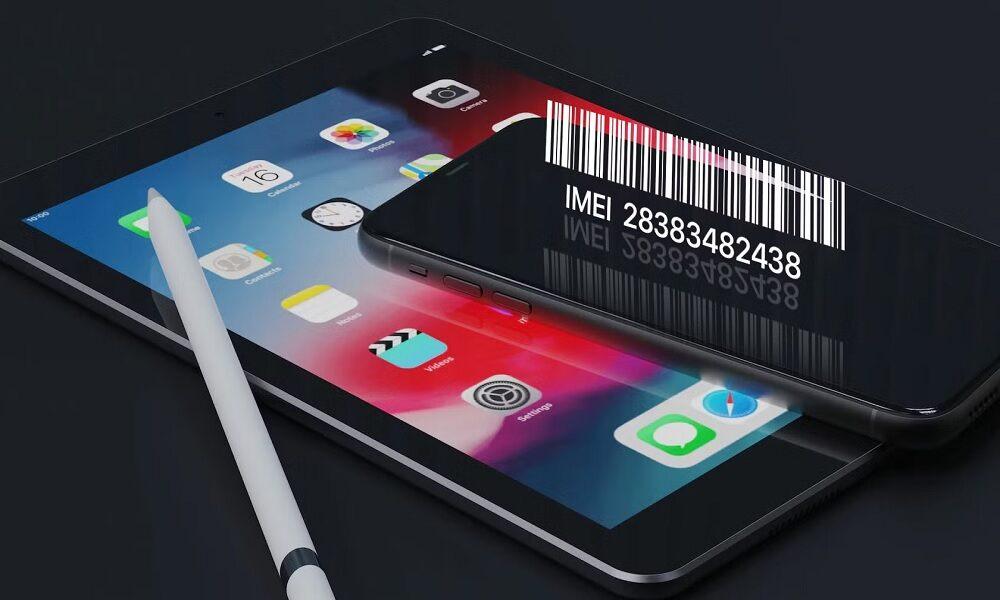Can Someone Spy on Your Phone Remotely? Understanding The Risks and Protection Methods

The question "Can someone spy on your phone remotely" has become increasingly relevant as smartphones store our most sensitive information and surveillance technology continues to advance.
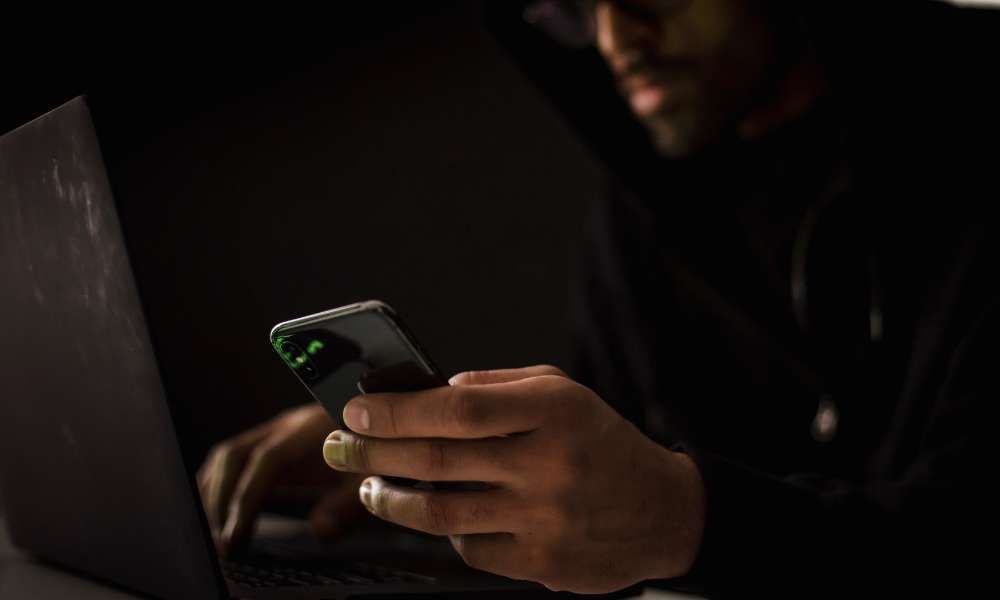
While mobile devices implement various security measures to protect user privacy, remote surveillance remains a legitimate concern. Understanding the realities of remote phone spying, how it occurs, and the warning signs can help you protect your digital privacy more effectively.
Understanding Remote Phone Surveillance Possibilities
Before examining specific methods, it's important to understand the technical realities of whether someone can spy on your phone remotely and under what circumstances this surveillance becomes possible.
Remote phone surveillance involves monitoring device activities without having direct physical access, typically through software, network vulnerabilities, or account compromises:
- Software-based surveillance through monitoring applications
- Network-level interception of unencrypted communications
- Account compromises providing access to cloud-stored data
- Exploitation of unpatched security vulnerabilities
These approaches create different threat profiles and require varying levels of technical sophistication, but all potentially enable someone to spy on your phone remotely under the right circumstances.
Warning Signs Your Phone Might Be Remotely Monitored
If you're concerned about whether someone can spy on your phone remotely, these indicators might suggest unauthorized surveillance:
- Battery Drain - Unusually rapid battery depletion or device heating even when not actively used.
- Data Usage Spikes - Unexpected increases in data consumption without corresponding usage changes.
- Strange Device Behavior - Random restarts, shutdowns, or unusual sounds during calls.
- Unusual Messages - Receipt of strange text messages containing random characters, numbers, or codes.
- Background Noise - Unexpected clicking, static, or echoes during phone calls.
- Sluggish Performance - The device running noticeably slower than normal despite no new applications.
- Difficulty Shutting Down - The phone takes unusually long to power off or seems to resist shutdown.
- Suspicious Applications - Unknown apps appearing that you don't recall installing.
- Unusual Account Activity - Unexpected password resets, login notifications, or activity alerts.
While these signs don't definitively prove remote surveillance, multiple indicators appearing simultaneously warrant further investigation, particularly when accompanied by specific suspicions about who might have the motivation to monitor your communications.
How Remote Phone Spying Usually Occurs
The question "Can someone spy on your phone remotely" is more complex than a simple yes or no, as various methods exist with different requirements and capabilities.
While completely remote installation of sophisticated monitoring software is challenging on updated devices, several pathways enable effective surveillance without ongoing physical access.
The most common approaches may trick users into installing some applications, account credential theft providing access to cloud backups, and exploitation of device vulnerabilities that haven't been patched through updates.
The Importance of Spying on Someone's Phone Remotely: Why SafeMyKid is a Must-Have Phone Spy App

In today's digital age, the necessity of monitoring mobile phones has grown significantly. Whether you're a parent protecting your child from online threats or a concerned individual trying to maintain digital boundaries, keeping an eye on mobile activity is more important than ever.
Cyberbullying, inappropriate content, online predators, and secretive behavior are all risks that make remote phone monitoring a vital tool. That's where SafeMyKid comes in.
SafeMyKid stands out as one of the best remote spy apps due to its comprehensive security features designed specifically for protecting device privacy.
Unlike many other security applications, SafeMyKid prioritizes user protection and security, providing encrypted data protection and transparent scanning processes.
Users can detect surveillance software, malicious processes, and unauthorized access attempts in real time to ensure their device remains secure against remote spying.
SafeMyKid offers a well-rounded solution with features like spyware detection, permission monitoring, suspicious process identification, and unauthorized access alerts, ensuring comprehensive protection against remote surveillance.
It complies with strict security standards, making it a trustworthy choice for those concerned about privacy.
Key Features of SafeMyKid as a Phone Spying App
When it comes to spying on someone's phone remotely, SafeMyKid offers a range of advanced features to ensure comprehensive protection:
- Remote Spy App Detection - Identifies surveillance applications that might be monitoring your device without your knowledge.
- Hidden Process Monitoring - Discovers concealed background processes that could indicate remote surveillance activity.
- Unauthorized Access Alerts - Notifies you immediately when suspicious remote access attempts are detected.
- Cloud Account Security - Monitors for unauthorized access to your cloud accounts that could enable remote spying.
- Vulnerability Scanner - Detects security weaknesses that could be exploited for remote monitoring.
- Network Connection Analysis - Identifies suspicious data transmissions that might indicate spyware activity.
- Privacy Shield Technology - Blocks common remote surveillance methods automatically.
- Real-Time Protection - Continuously monitors for new surveillance threats as they emerge.
How to Set up SafeMyKid to Spy on Someone's Phone Remotely
Setting up SafeMyKid to protect against remote spying is simple and quick. It works seamlessly on both iPhones and Android devices, making security effortless.
Step 1. Create Your Account
Visit the SafeMyKid website and sign up to set up your security account.
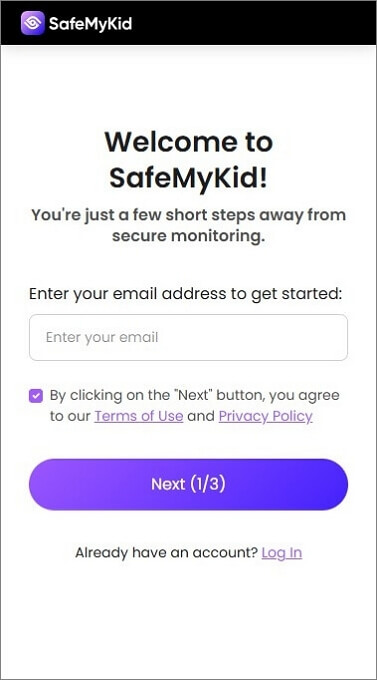
Step 2. Set up The SafeMyKid Security Protection
For iPhones, simply download from the App Store and follow the setup wizard——no complex configuration is required.
For Android: Install the SafeMyKid app and activate the comprehensive protection system.
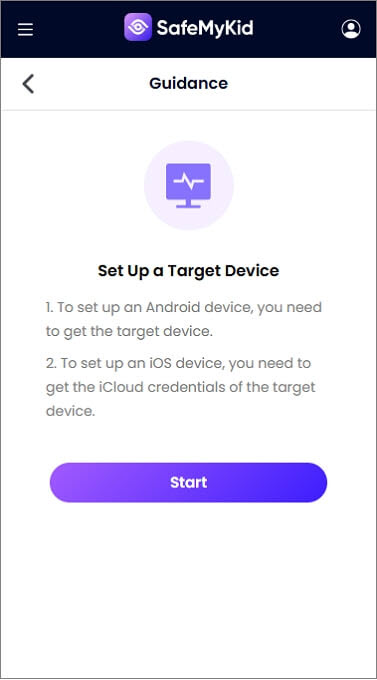
Step 3. Spy on Someone's Phone Remotely
Once the app is installed and synced, log into your dashboard. From there, you can monitor calls, messages, location, and more——completely remotely.
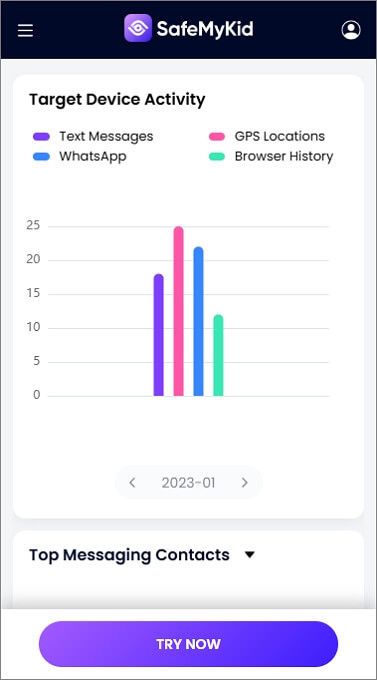
4 Other Ways Someone Could Potentially Spy on Your Phone Remotely
Understanding whether someone can spy on your phone remotely requires examining the various methods that might be employed. Here's an overview of 4 potential approaches to remote surveillance.
1. iCloud or Google Account Access

Cloud service accounts associated with smartphones often store extensive device data including messages, photos, contacts, and sometimes location history. By gaining access to these accounts, someone can effectively spy on key phone activities without direct device access.
This approach leverages legitimate synchronization features that back up device data to cloud services.
If someone obtains your Apple ID/password or Google account credentials through credential stuffing, they can access synchronized content through the service's web interface.
Risks:
- Attackers may access personal messages, photos, contacts, and location history.
- Deleted content could be recovered from cloud backups.
- Unauthorized logins might go unnoticed for long periods.
- Stolen credentials can be reused across multiple services.
- Two-factor authentication (if not enabled) makes accounts highly vulnerable.
- Victims may remain unaware unless they check account activity logs.
2. SS7 Network Vulnerabilities
The global telecommunications infrastructure relies on the Signaling System 7 (SS7) protocol, which contains vulnerabilities that sophisticated attackers can potentially exploit to intercept calls and messages without touching the target device.
This highly technical approach involves accessing the cellular network infrastructure to redirect or duplicate communications before they reach the recipient.
While primarily accessible to advanced attackers with specialized equipment or network access, these vulnerabilities theoretically enable the interception of calls and SMS messages without any device modifications.
Risks:
- Calls and SMS can be intercepted without the user's knowledge.
- Attackers can track user location via the cellular network.
- Surveillance is invisible to both the device and the carrier logs.
- Communications may be duplicated or redirected without detection.
- Victims cannot protect themselves directly, as the issue lies with telecom infrastructure.
3. Malicious Public Wi-Fi Networks
Public Wi-Fi networks can potentially be used to intercept unencrypted data transmitted by connected devices. Malicious network operators or attackers using man-in-the-middle techniques can potentially view certain communications passing through the network.
This approach typically intercepts unencrypted web traffic, potentially capturing login credentials, browsing activity, or communications not protected by HTTPS or encryption.
While not providing comprehensive device access, it can reveal specific sensitive information transmitted while connected to the compromised network.
Risks:
- Sensitive data like login credentials and messages may be intercepted.
- Attackers can monitor browsing history and online activity.
- Victims may unknowingly connect to a rogue access point.
- Personal information entered on non-HTTPS websites may be exposed.
- Attacks can affect multiple users simultaneously in public areas.
4. SIM Swapping Attacks
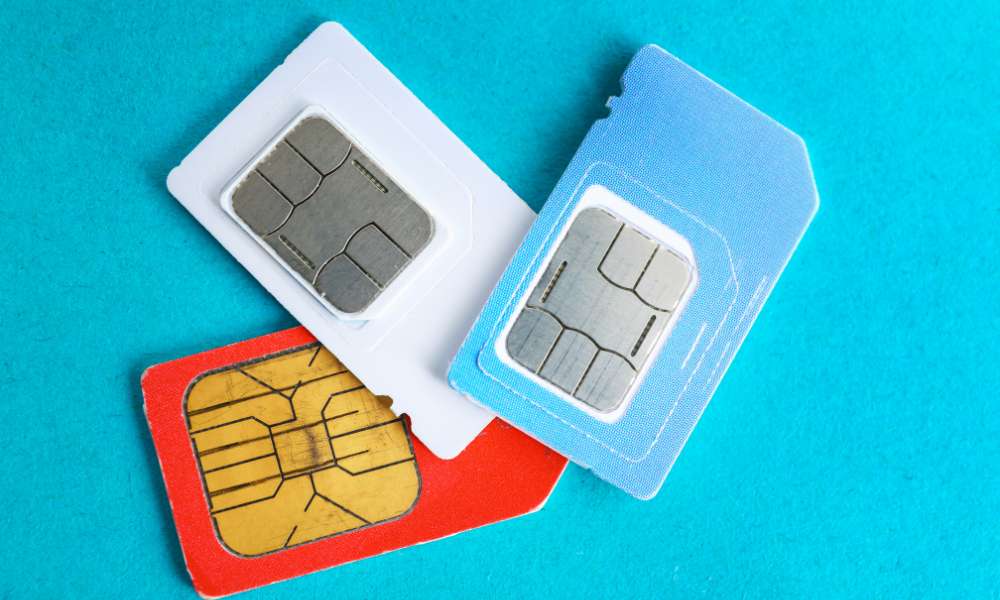
SIM swapping involves convincing a mobile carrier to transfer a phone number to a new SIM card controlled by the attacker, effectively hijacking the phone service and potentially enabling account access through verification codes.
While not directly accessing the target device, this approach can intercept calls and messages sent to the phone number, including authentication codes that might provide access to accounts with sensitive information.
Risks:
- Attackers can hijack phone numbers to intercept calls and texts.
- Two-factor authentication codes can be stolen to access accounts.
- Victims may lose service on their devices without immediate explanation.
- Identity theft and financial fraud may follow.
- Attacks are difficult to reverse and can take time to resolve with carriers.
How to Protect Against Remote Phone Spying
Understanding whether someone can spy on your phone remotely is important, but knowing how to protect against surveillance is equally crucial:
Keep Software Updated - Regularly update your operating system and applications to patch security vulnerabilities that could be exploited for surveillance.
Use Strong Authentication - Enable biometric login, strong passwords, and two-factor authentication for your device and all important accounts.
Install Security Applications - Use reputable security software that can detect and prevent unauthorized monitoring attempts.
Review App Permissions - Regularly audit application permissions, revoking access to sensitive functions like microphone, camera, or location unless absolutely necessary.
Avoid Suspicious Links - Never click links in unsolicited messages that could potentially install monitoring software.
Secure Your Accounts - Use unique passwords for each account and regularly check for unauthorized access or suspicious activity.
Enable Login Notifications - Set up alerts for new device logins on your primary accounts to quickly identify unauthorized access.
Be Cautious on Public Wi-Fi - Avoid sensitive transactions on public networks, or use a VPN to encrypt your traffic.
Check for Unknown Apps - Regularly review all installed applications, removing those you don't recognize or no longer use.
Factory Reset When Necessary - If you strongly suspect compromise, perform a factory reset after backing up essential data.
These proactive measures significantly reduce the risk of successful remote surveillance while creating a more secure mobile environment overall.
Frequently Asked Questions about Remote Phone Surveillance
Here are answers to common questions about whether someone can spy on your phone remotely:
1. Can someone see my text messages from their phone?
Yes, if your device has monitoring software installed, your Apple ID/iCloud or Google account has been compromised, or if advanced network interception is being employed. Standard text messages (SMS) are particularly vulnerable as they aren't end-to-end encrypted, while encrypted messaging applications provide better protection when properly configured.
2. Can someone listen to my calls without me knowing?
Call interception is technically possible through several methods, including monitoring applications with call recording features, sophisticated SS7 network vulnerabilities, or SIM swapping attacks.
3. How can I tell if my phone is being monitored remotely?
Warning signs include unusual battery drain, unexpected data usage, strange device behavior, background noise during calls, and unexplained performance issues. While no single sign definitively proves monitoring, multiple indicators warrant investigation through security scanning applications that can identify monitoring software or suspicious processes running in the background.
4. Can factory resetting my phone remove spyware?
Yes, a factory reset will typically remove software-based surveillance applications by returning the device to its original state. However, this doesn't address account-based monitoring through compromised cloud services, and sophisticated spyware might theoretically persist in rare cases involving modified firmware.
Conclusion
The answer to "Can someone spy on your phone remotely?" is nuanced - while completely remote compromise without any user interaction is difficult against updated and properly secured devices, various methods do exist that enable effective surveillance under specific circumstances.
Understanding these potential threats empowers you to implement appropriate protections, including regular security updates, strong authentication measures, and vigilance against unsafe attempts.

